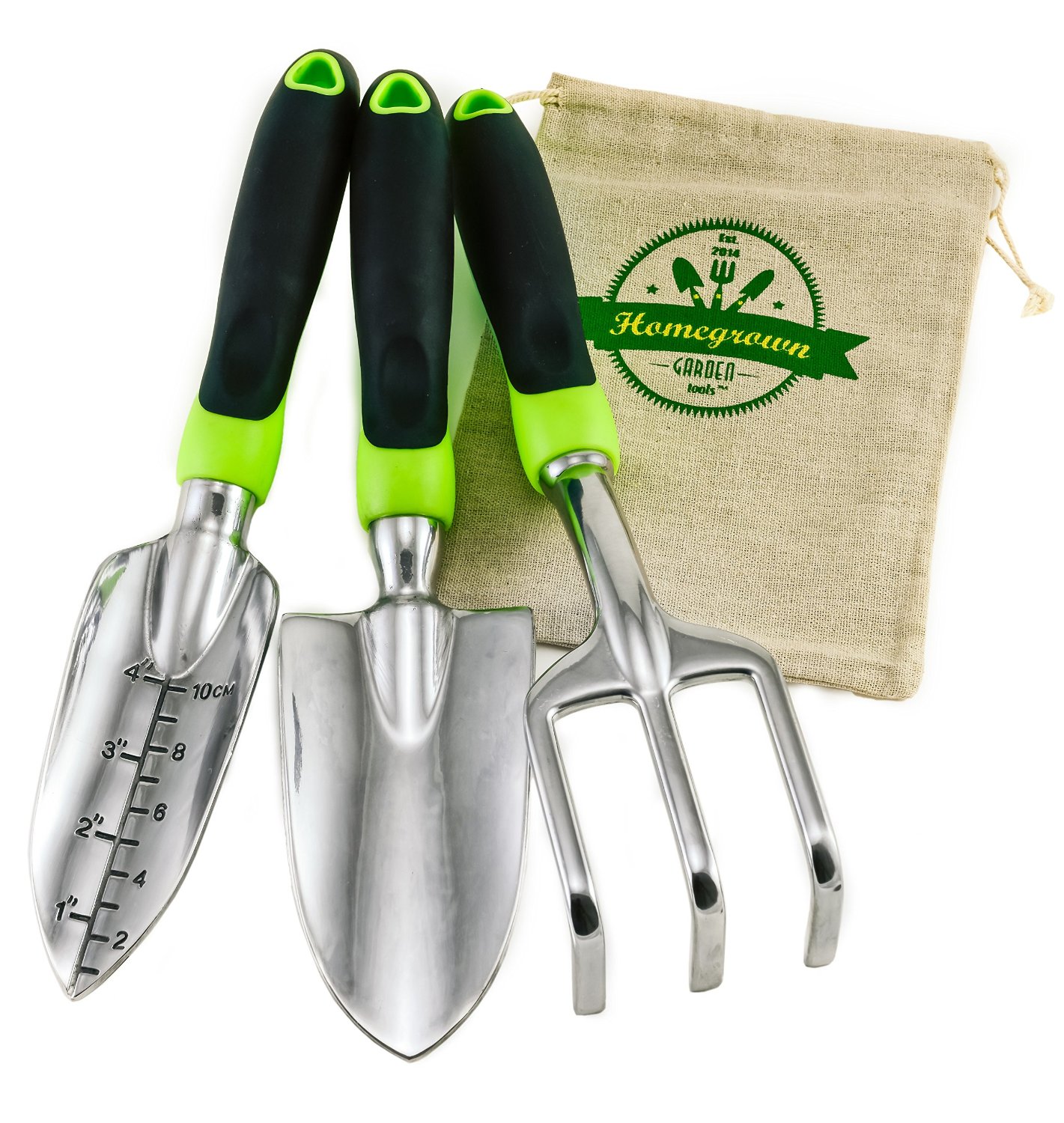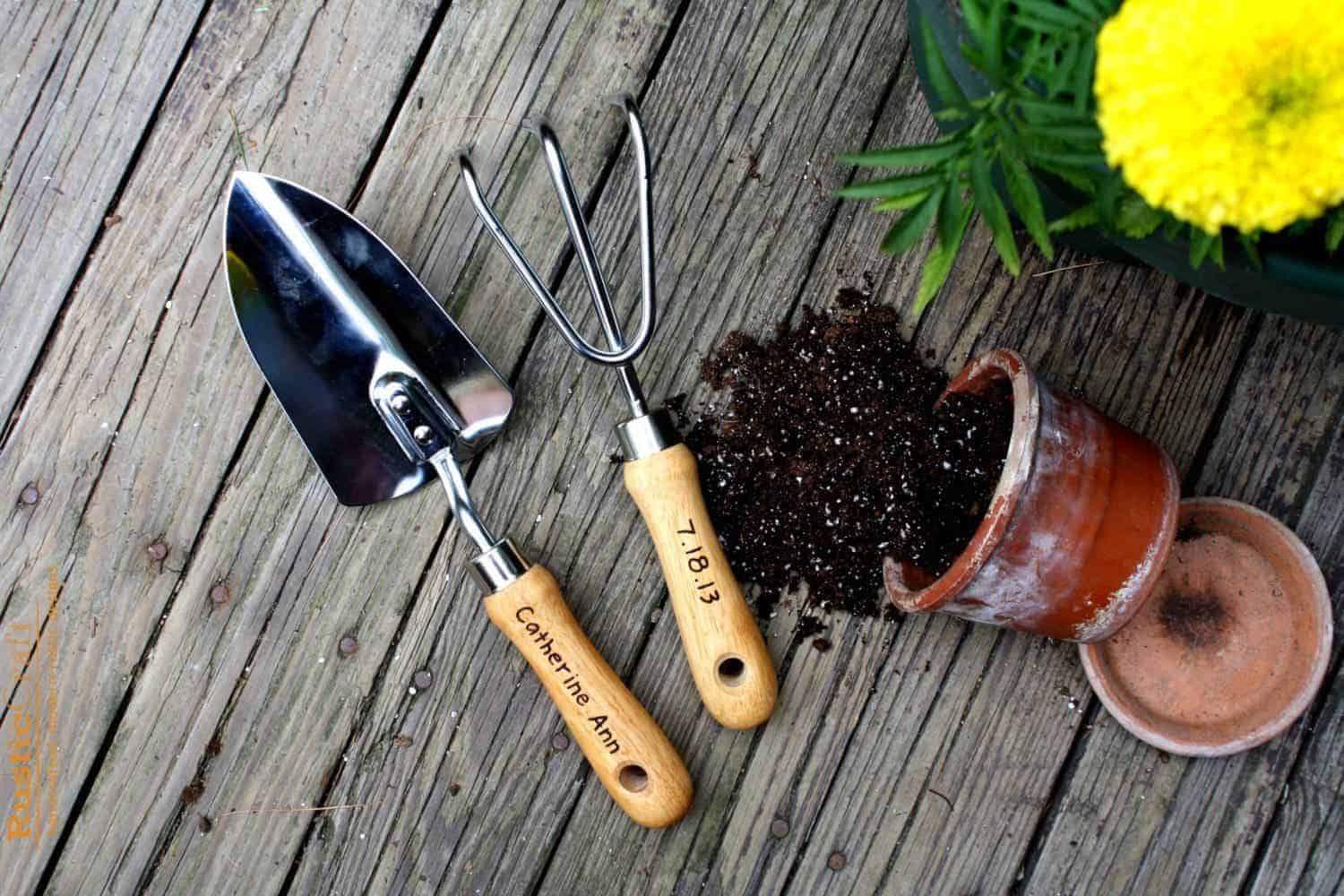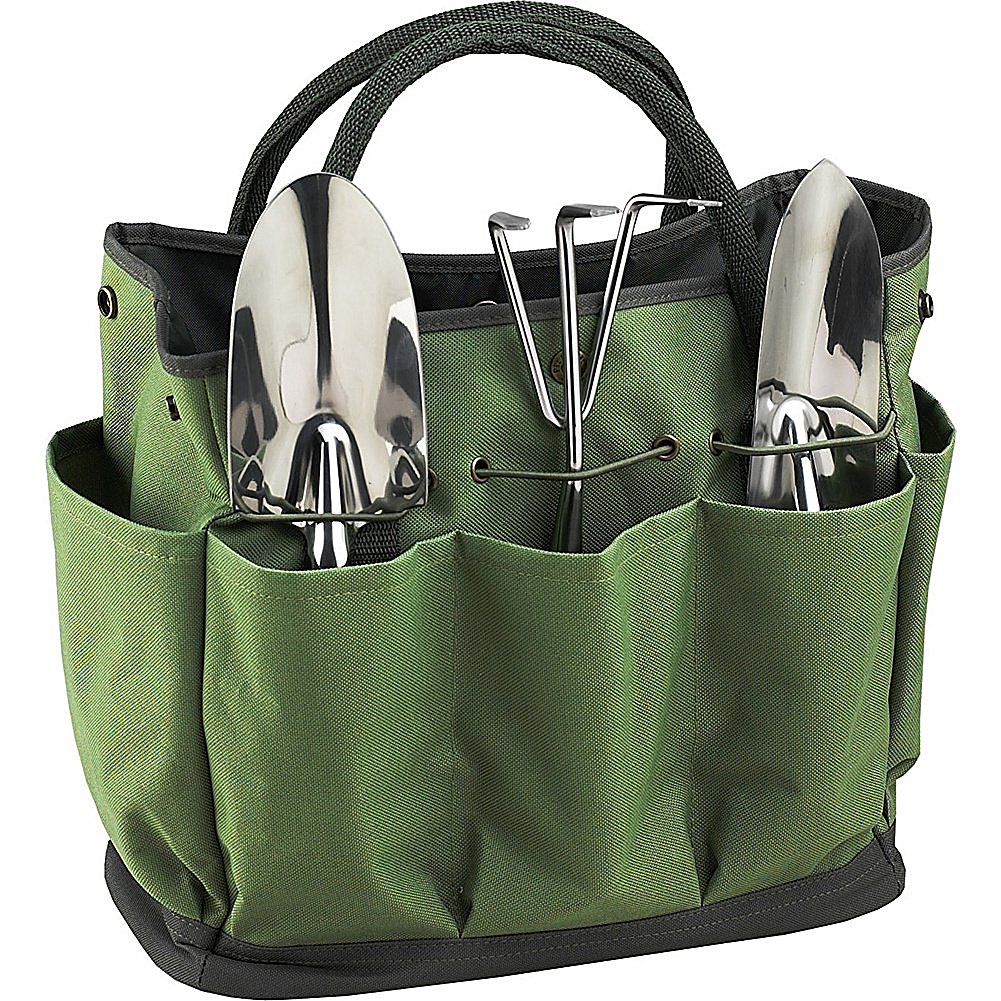The Joy of Home Gardening: An Overview
Home gardening is a fulfilling and therapeutic activity that connects individuals with nature, promoting improved mental health and overall well-being. By cultivating a home garden, one can enjoy cost-effective food production, contributing to eco-friendly practices and self-sufficiency. However, to maximize the gardening experience, it is crucial to have the right set of home gardening tools that facilitate various tasks and promote efficiency.
Identifying Key Home Gardening Tools
Home gardening tools can be categorized into several groups, each serving specific purposes and tasks. These categories include digging and cultivating tools, cutting tools, measuring tools, watering tools, and protection tools. By understanding the various types of home gardening tools, gardeners can make informed decisions when purchasing and ensure they have the right equipment for their gardening needs.
Digging and cultivating tools, such as shovels, spades, forks, and cultivators, are essential for tasks like breaking ground, turning soil, and mixing amendments. Cutting tools, including pruners, loppers, shears, and saws, are crucial for maintaining plant health and aesthetics by removing dead or damaged growth and shaping plants.
Measuring tools, like tape measures, levels, and string lines, help ensure precision in tasks like planting, spacing, and building garden structures. Watering tools, such as hoses, nozzles, watering cans, and soaker hoses, maintain optimal soil moisture for plants, promoting their growth and overall health.
Lastly, protection tools, such as gloves, safety glasses, hats, and sunscreen, are vital for personal safety and comfort while gardening. By investing in high-quality tools from each category, home gardeners can create a well-equipped, efficient, and enjoyable gardening experience.
Essential Digging and Cultivating Tools
Digging and cultivating tools are indispensable in home gardening, as they facilitate various tasks, such as breaking ground, turning soil, and mixing amendments. These tools include shovels, spades, forks, and cultivators, each with unique functions, benefits, and applications.
Shovels and Spades
Shovels and spades are versatile digging tools, with shovels typically featuring a broader, deeper blade and spades having a flatter, narrower one. Both tools are useful for moving soil, compost, or other materials, as well as edging and shaping garden beds. When selecting shovels and spades, consider those made of durable materials, such as heavy-duty steel, and those with ergonomic handles for comfortable use.
Forks
Forks, also known as garden forks, are digging tools with sturdy, sharp tines used for loosening and turning soil, breaking up compacted earth, and incorporating amendments. They are particularly useful for preparing beds for planting and cultivating heavy soils. Look for forks with strong, rust-resistant tines and comfortable handles for ease of use.
Cultivators
Cultivators, or hand forks, are smaller digging tools designed for close-quarters work, such as weeding, loosening soil around plants, and incorporating amendments in established beds. They typically feature a short handle and a narrow, flat, or pointed blade. Opt for cultivators made of durable materials, such as stainless steel, and those with comfortable grips for ease of use.
Effective Cutting Tools for Home Gardening
Cutting tools are essential for maintaining plant health and aesthetics in home gardening. These tools include pruners, loppers, shears, and saws, each designed for specific tasks and applications. By understanding the features, advantages, and appropriate usage of these cutting tools, home gardeners can ensure the vitality and beauty of their plants.
Pruners
Pruners, also known as pruning shears or secateurs, are handheld tools used for cutting small branches, stems, and twigs. They are available in two primary styles: bypass pruners, which have a scissor-like action, and anvil pruners, which have a single, sharp blade that closes onto a flat surface. Bypass pruners are ideal for live growth, while anvil pruners are better suited for dead growth. Choose pruners with comfortable handles, rust-resistant blades, and replaceable parts for longevity and ease of use.
Loppers
Loppers are long-handled pruning tools designed for cutting larger branches and growth than pruners can handle. They are available in bypass and anvil styles, similar to pruners. Loppers typically have compound-action or geared mechanisms that provide extra cutting power, making them suitable for branches up to 2 inches in diameter. Opt for loppers with sturdy, lightweight handles, rust-resistant blades, and adjustable cutting heads for versatility and durability.
Shears
Shears, also known as hedge shears or hedge clippers, are long-handled tools used for trimming and shaping hedges, shrubs, and topiary. They have long, sharp blades that cut on both the push and pull strokes. Choose shears with lightweight, ergonomic handles, precision-ground blades, and adjustable tension for comfortable, accurate cutting. For smaller tasks, consider handheld shears, which offer similar functionality in a more compact design.
Saws
Saws are cutting tools designed for cutting larger branches, roots, and trunks that loppers and shears cannot handle. Hand saws, pruning saws, and bow saws are common types of saws used in home gardening. When selecting a saw, consider factors such as blade length, tooth configuration, and handle comfort. Opt for saws with rust-resistant, high-carbon steel blades, replaceable parts, and ergonomic handles for efficient, comfortable cutting.
Measuring Tools for Precise Home Gardening
Measuring tools play a crucial role in home gardening, ensuring accuracy in various tasks such as planting, spacing, and building garden structures. By utilizing measuring tools, home gardeners can create well-organized, visually appealing, and productive gardens. Some essential measuring tools for home gardening include tape measures, levels, and string lines.
Tape Measures
Tape measures are versatile tools used for measuring distances in gardening tasks. They come in various lengths, from 6-feet to 25-feet, and are available in both analog and digital formats. Tape measures are useful for determining planting distances, calculating area sizes, and planning garden layouts. When selecting a tape measure, consider factors such as durability, accuracy, and ease of use.
Levels
Levels are measuring tools used to ensure surfaces are perfectly horizontal or vertical. They are essential for building raised beds, installing edging, and setting up trellises or arbors. Levels are available in different sizes, from small pocket-sized versions to large torpedo levels. Look for levels with accurate vials, durable materials, and easy-to-read markings for optimal performance.
String Lines
String lines, also known as chalk lines, are tools used for marking straight lines on surfaces. They consist of a string coated with chalk or a fine powder, which leaves a visible line when stretched taut and snapped against a surface. String lines are useful for setting out rows for planting, aligning edges, and ensuring consistent spacing between plants or structures. Opt for string lines with adjustable tension, durable strings, and easy-to-use winding mechanisms.
By incorporating measuring tools into their gardening routines, home gardeners can achieve greater precision, organization, and success in their gardening endeavors. These tools not only improve the functionality and aesthetics of gardens but also contribute to a more enjoyable and rewarding gardening experience.
Watering Tools: Keeping Your Garden Hydrated
Watering tools are essential for maintaining optimal soil moisture levels in home gardens, ensuring healthy plant growth and development. Various watering tools, including hoses, nozzles, watering cans, and soaker hoses, serve unique functions and applications. By understanding the benefits and appropriate usage of these tools, home gardeners can effectively and efficiently water their gardens.
Hoses
Hoses are flexible, portable tubes used for transporting water from a spigot or faucet to plants. They are available in various lengths, materials, and diameters, with common materials including rubber, vinyl, and reinforced fabric. When selecting a hose, consider factors such as durability, flexibility, and kink resistance. Opt for hoses with lightweight, comfortable handles, and secure connections to prevent leaks and water waste.
Nozzles
Nozzles are attachments that fit onto the end of a hose, allowing for adjustable water flow and spray patterns. They are available in different styles, such as pistol-grip, thumb-control, and wand-style nozzles. Nozzles enable home gardeners to customize their watering experience, delivering the right amount of water to various plants and garden areas. Look for nozzles with multiple spray patterns, adjustable flow rates, and durable materials for long-lasting performance.
Watering Cans
Watering cans are handheld containers with a spout, used for delivering water to plants. They are available in various sizes, materials, and designs, with common materials including plastic, metal, and galvanized steel. Watering cans are ideal for indoor plants, container gardens, and targeted watering in small garden areas. When choosing a watering can, consider factors such as capacity, balance, and ease of use. Opt for watering cans with rust-resistant spouts, removable roses (for gentle watering), and comfortable handles.
Soaker Hoses
Soaker hoses are porous hoses that slowly release water along their entire length, providing deep, consistent moisture to plants’ root zones. They are available in various lengths, diameters, and materials, with common materials including recycled rubber, vinyl, and fabric. Soaker hoses are ideal for long, narrow garden beds, vegetable gardens, and areas with limited access to water. When selecting a soaker hose, consider factors such as water pressure compatibility, durability, and flexibility. Opt for soaker hoses with secure connections, even water distribution, and UV-resistant materials for long-term use.
By incorporating appropriate watering tools into their gardening routines, home gardeners can ensure their plants receive the right amount of water, promoting healthy growth and reducing the risk of overwatering or underwatering. These tools not only contribute to the functionality and efficiency of gardens but also enhance the overall gardening experience.
Protection Tools: Safeguarding Your Home Garden
Protection tools are essential for home gardeners, ensuring personal safety and comfort while working in their gardens. These tools include gloves, safety glasses, hats, and sunscreen, all of which contribute to a more enjoyable and rewarding gardening experience. By understanding the importance and benefits of protection tools, home gardeners can prioritize their well-being and focus on the joys of gardening.
Gloves
Gloves are essential protection tools for home gardeners, shielding hands from cuts, scrapes, blisters, and other injuries. They are available in various materials, such as leather, fabric, and nitrile, with each material offering unique benefits and drawbacks. When selecting gloves, consider factors such as durability, flexibility, and grip. Opt for gloves with adjustable wrist closures, reinforced fingertips, and breathable materials for optimal comfort and performance.
Safety Glasses
Safety glasses are crucial protection tools for home gardeners, safeguarding eyes from flying debris, dust, and harmful chemicals. They are available in different styles, such as wraparound, bifocal, and prescription safety glasses. When choosing safety glasses, consider factors such as impact resistance, UV protection, and lens clarity. Opt for safety glasses with anti-fog coatings, adjustable nose pieces, and cushioned temple bars for a comfortable, secure fit.
Hats
Hats are essential protection tools for home gardeners, providing shade and UV protection for the face, neck, and ears. They are available in various styles, such as wide-brimmed, bucket, and sun hats. When selecting a hat, consider factors such as brim width, ventilation, and adjustability. Opt for hats with UPF 50+ ratings, moisture-wicking materials, and adjustable chin straps for optimal sun protection and comfort.
Sunscreen
Sunscreen is a crucial protection tool for home gardeners, shielding skin from harmful UV rays and reducing the risk of sunburn, skin damage, and skin cancer. When choosing sunscreen, consider factors such as SPF rating, water resistance, and skin compatibility. Opt for sunscreens with broad-spectrum protection, SPF 30 or higher, and lightweight, non-greasy formulas for optimal sun protection and comfort.
By incorporating protection tools into their gardening routines, home gardeners can prioritize their safety and comfort, allowing them to fully enjoy the many rewards of home gardening. These tools not only contribute to personal well-being but also enhance the overall gardening experience, fostering a more positive and fulfilling relationship with nature and the garden.
Selecting High-Quality Home Gardening Tools
Choosing the right home gardening tools is crucial for a successful and enjoyable gardening experience. High-quality tools not only enhance gardening efficiency but also contribute to durability, reliability, and user satisfaction. When selecting home gardening tools, consider factors such as material, design, brand reputation, and user reviews. By investing in quality tools, home gardeners can create a rewarding and fulfilling gardening environment.
Material
The material of a gardening tool significantly impacts its performance, durability, and weight. Common materials include stainless steel, carbon steel, aluminum, wood, and plastic. Stainless steel and carbon steel are popular choices for digging and cutting tools due to their strength, durability, and resistance to rust. Aluminum and fiberglass are often used for lightweight handles, while wood offers a classic, durable option. Plastic components are typically found in watering tools and lower-cost options.
Design
The design of a gardening tool influences its functionality, ease of use, and user comfort. Ergonomic handles, non-slip grips, and adjustable components can enhance user experience and reduce strain. Consider tools with comfortable, well-balanced handles, sharp blades, and efficient watering mechanisms. Tools designed for specific tasks, such as long-reach pruners or narrow-tipped trowels, can also improve gardening efficiency and accuracy.
Brand Reputation
Established brands with positive reputations often produce high-quality gardening tools. Research brands and their histories, seeking information on product warranties, customer service, and industry recognition. Brands specializing in gardening tools typically offer more innovative designs, advanced materials, and user-focused features than generic or multi-purpose brands.
User Reviews
User reviews provide valuable insights into a tool’s performance, durability, and user satisfaction. Read a variety of reviews, considering factors such as ease of use, maintenance requirements, and overall value. Pay attention to reviews from users with similar gardening needs, as their experiences can offer relevant guidance for your tool selection.
By considering these factors when selecting home gardening tools, home gardeners can create a rewarding and fulfilling gardening experience. High-quality tools not only improve gardening efficiency and accuracy but also contribute to user satisfaction, safety, and long-term enjoyment. Invest in the right tools, and elevate your home garden to new heights.









